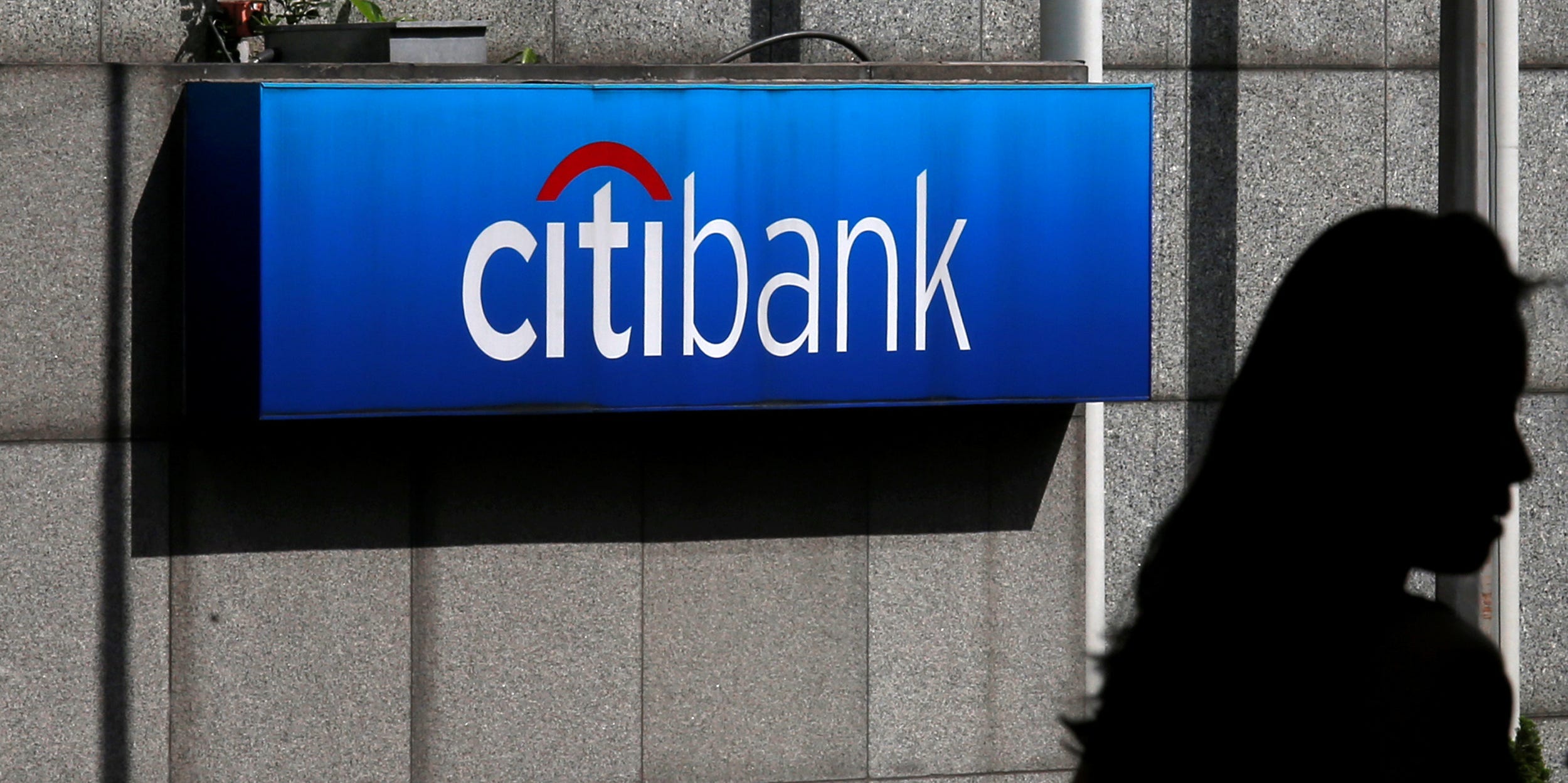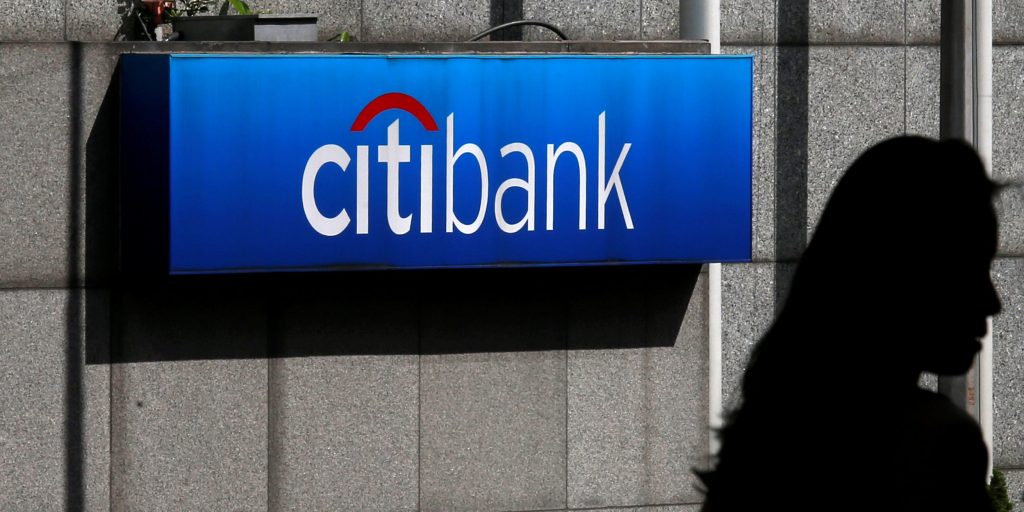
Reuters
- Citigroup was massively bailed out by US taxpayers because it failed to manage key financial risks.
- The bank is exposed to huge risks of fossil fuel stranded assets.
- Citi's new CEO Jane Fraser must show global leadership and seize the energy transition.
- Tim Buckley is Director Energy Finance Studies, Australasia at IEEFA.
- This is an opinion column. The thoughts expressed are those of the author.
- See more stories on Insider's business page.
In September 2007, with a mortgage crisis clearly on the horizon, Citigroup's CEO Charles Prince III gathered with his top executives to understand whether the bank – then the nation's largest – faced any risk. The consensus was no.
How wrong they were. In a year's time, Lehman Brothers crashed, triggering a global financial collapse. Citigroup lost 90% of its value and 75,000 employees, and ultimately, needed US taxpayers to bail it out.
Since that low point, the bank has worked hard to rehabilitate its image, but not its ability to understand and address key global financial risks.
This month, Citi was named as Joint Lead Managers for Suek, Russia's largest coal miner, and owner of 17 gigawatts (GW) of coal power plants. The proceeds of this bond issue will help finance 1.6 GW of more coal power and another 28 million tonnes of new coal export port capacity per year.
This deal is in direct contradiction to the Paris Agreement and the findings of the International Energy Agency's (IEA) recent Net Zero by 2050 roadmap, which couldn't be clearer, that to avoid impending climate catastrophe, there must be "no investment in new fossil fuel supply projects, and no further final investment decisions for new unabated coal plants."
It also contradicts the spirit of Citi's Commitment to Net Zero by 2050, which CEO Jane Fraser announced on her first day on the job. Following that pledge, Citi joined the Sustainable Markets Initiative Financial Services Task Force, the Mark Carney-chaired Net-Zero Finance Alliance, delivered a strengthened but still flawed coal exit policy and a $1 trillion capital deployment in low-carbon solutions pledge.
What good are pledges and promises of distant future action when there is a climate emergency today?
Banking on climate change
Citi remains a key global climate laggard, rated by the Rainforest Action Network as the second largest financier of fossil fuels globally in the five years leading to 2020 (second only to JPMorgan Chase). The bank has financed a staggering $237 billion in total, many multiples of the nearest Chinese mega-banks.
As a former Citi Managing Director, I want to see the bank succeed. But a pivotal change is overdue after two decades of ongoing market underperformance. Since my days at Citi, I've worked primarily in the energy technology space, tracking the role of global finance and evaluating stranded asset risks and climate investment opportunities. At IEEFA we have tracked 180 globally significant financial institutions with formal coal exit policies. To date in 2021 we have seen 68 new or improved coal policies - a 33% increase on the run rate in 2020, which in turn was 60% more than reported in 2019.
And with the rising number of zero emission 1.5 degree Celsius pledges, we are seeing an accelerating global flight from the monumental risk of "stranded assets" in fossil fuel investments including coal, oil and gas, arctic drilling and oil sands. As Wood Mackenzie reported in August 2021, "The pool of investors that will agnostically invest in the oil and gas sector, indifferent to the energy transition, will continue to shrink."
When it comes to climate, US banks lag behind European and Asian banks. But with the decisive climate leadership of President Joe Biden, and the increasingly clear climate risk guidance coming from the US Department of the Treasury and Network for Greening of the Financial System, this is Fraser's moment to break away from the pack and lead the way.
Fraser must eschew the hubris of Citi's former leaders and demonstrate clarity of vision to see obvious global financial risks for what they are. A start would be making a more detailed commitment going into COP26 next month, one that rejects activities like funding giant Russian coal companies and similar projects the world will soon be forced to abandon.
Citi should also commit to a clear end date beyond which the bank will not provide any financial assistance across its advisory, debt, equity and capital market services, to any company still building out greenfield oil, gas, and coal operations (including associated facilitation of rail and port infrastructure).
These kinds of massive turnarounds in policy are possible. BlackRock, the world's largest financial institution, has moved at lightning speed from also being a global climate laggard in 2019. In 2021, CEO Larry Fink enthusiastically beat the drum about the magnitude of investment opportunities the changing climate entails. The firm set records on new zero emissions infrastructure, private equity in emerging climate technologies, and ESG capital raises. These records were subsequently broken as Brookfield and TPG followed suit, playing catch up to innovative global financial leaders like Macquarie Group.
Citi should carefully evaluate the substance of BlackRock's pivot. The megabank can align its investments with the IEA's net-zero guidance, enhancing its risk-return profile in doing so.
To stymie rapid global emissions growth, the world needs financial leadership to move away from fossil fuel legacy businesses of old and to start providing the multitude of technology solutions commercially viable today.
Fraser should focus on the enormous opportunities in providing financial services to the zero emissions world leaders of tomorrow, and turn the bank's sorry past into global leadership.
